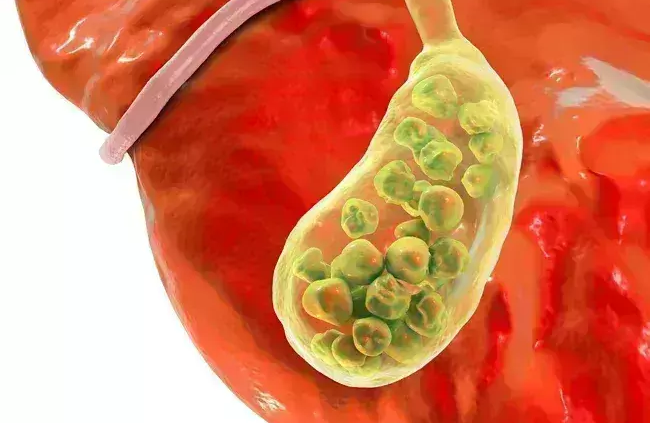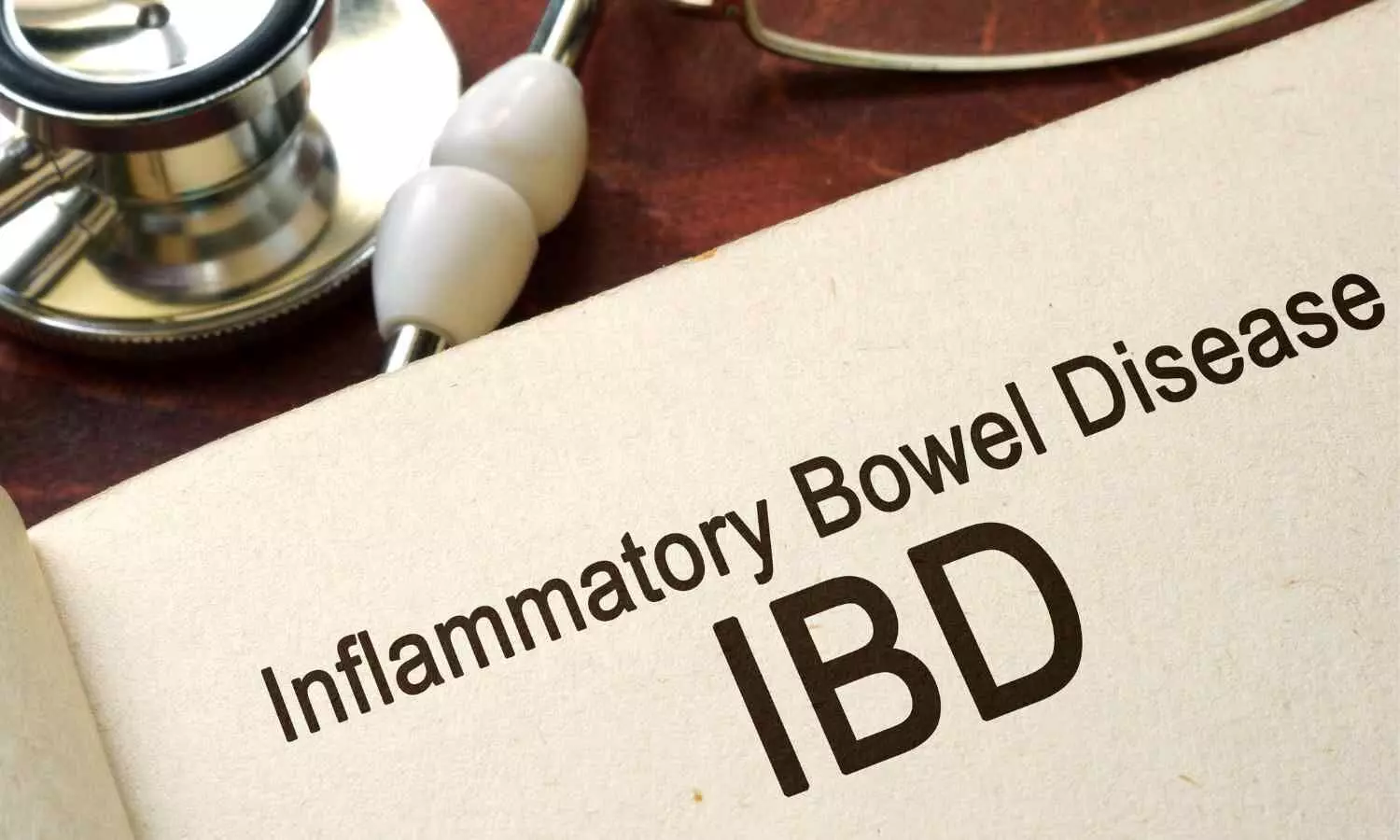Neutrophil-to-HDL Cholesterol Ratio and associated with Gallstone Disease Risk: Insights from NHANES 2017-2020 Data

A recent study revealed that the neutrophil-to-high-density
lipoprotein cholesterol ratio (NHR) could be a useful tool to identify individuals
at risk of developing gallstone disease (GSD). NHR can be used as an easy and
cost-effective tool for the early detection of individuals at GSD as per a
study published in the journal Lipids in Health and Disease.
Gallstone disease (GSD) is one of the most frequent and expensive
gastrointestinal disorders caused by cholesterol, bile pigment, and mixed stones,
with cholesterol stones outranking the three. They are caused by the oversaturation
of calcium salts and cholesterol in bile, leading to cholesterol deposits. Gallstones
have an increased risk of cancer. The neutrophil to high-density lipoprotein
cholesterol ratio (NHR) is a novel comprehensive marker of inflammatory
responses and lipid metabolism that can detect cardiovascular disease,
depression, acute biliary pancreatitis, and hepatocellular carcinoma. Previous research
has shown that inflammatory reactions can promote gallstone formation by
altering protein and lipid metabolic pathways and increasing bile acid salt
concentrations by involving neutrophils and lipids. As there is ambiguity on
the association between NHR and gallstones, researchers from Zhejiang Chinese
Medical University, China conducted a study on the relationship between
gallstone disease (GSD) and the neutrophil-to-high-density lipoprotein
cholesterol ratio (NHR) in American patients with gallstones.
The study was conducted by collecting data from the National
Health and Nutrition Examination Survey (NHANES) between 2017–2020. Data was collected
through interviews, health exams, and lab tests. Out of 15,560 participants,
7,894 were included in the study. NHR calculation was done by dividing the neutrophil
count by HDL-C levels and the participants were divided into 3 NHR categories
based on the count. Gallstone data was reported by the participants based on
the physician’s diagnosis. Unadjusted and adjusted logistic regression models
were used to evaluate the association between NHR and GSD.
Key findings:
- Among the 7894 participants analyzed in this
study, the prevalence of GSD was 10.98%, and the average NHR value was 3.41 ±
0.06. - An obvious positive association between NHR and
the likelihood of GSD was found as per the fully adjusted multivariable
logistic regression analysis (OR = 1.09, 95% CI: 1.01, 1.16; P = 0.0197). - Subset analyses confirmed the consistency of
this association and interaction tests across various subgroups, including
those categorized by smoking status and asthma. - Furthermore, smoothed curve fitting and
threshold effect analyses revealed a nonlinear relationship with a threshold of
2.86.
Thus, the study concluded that a higher NHR is associated
with a greater likelihood of having GSD and NHR can be used as a low-cost
method to screen patients at risk of GSD. NHR can also be used in early
diagnosis so that preventive measures can be taken to reduce the risk of gallstones.
Further reading: Ma
D, Ma H, Li Y, Yang L. Association between Neutrophil-to-high-density
lipoprotein-cholesterol ratio and gallstones: insights from the national health
and nutrition examination survey (2017-2020). Lipids Health Dis.
2024;23(1):355. Published 2024 Oct 31. doi:10.1186/s12944-024-02349-w.





